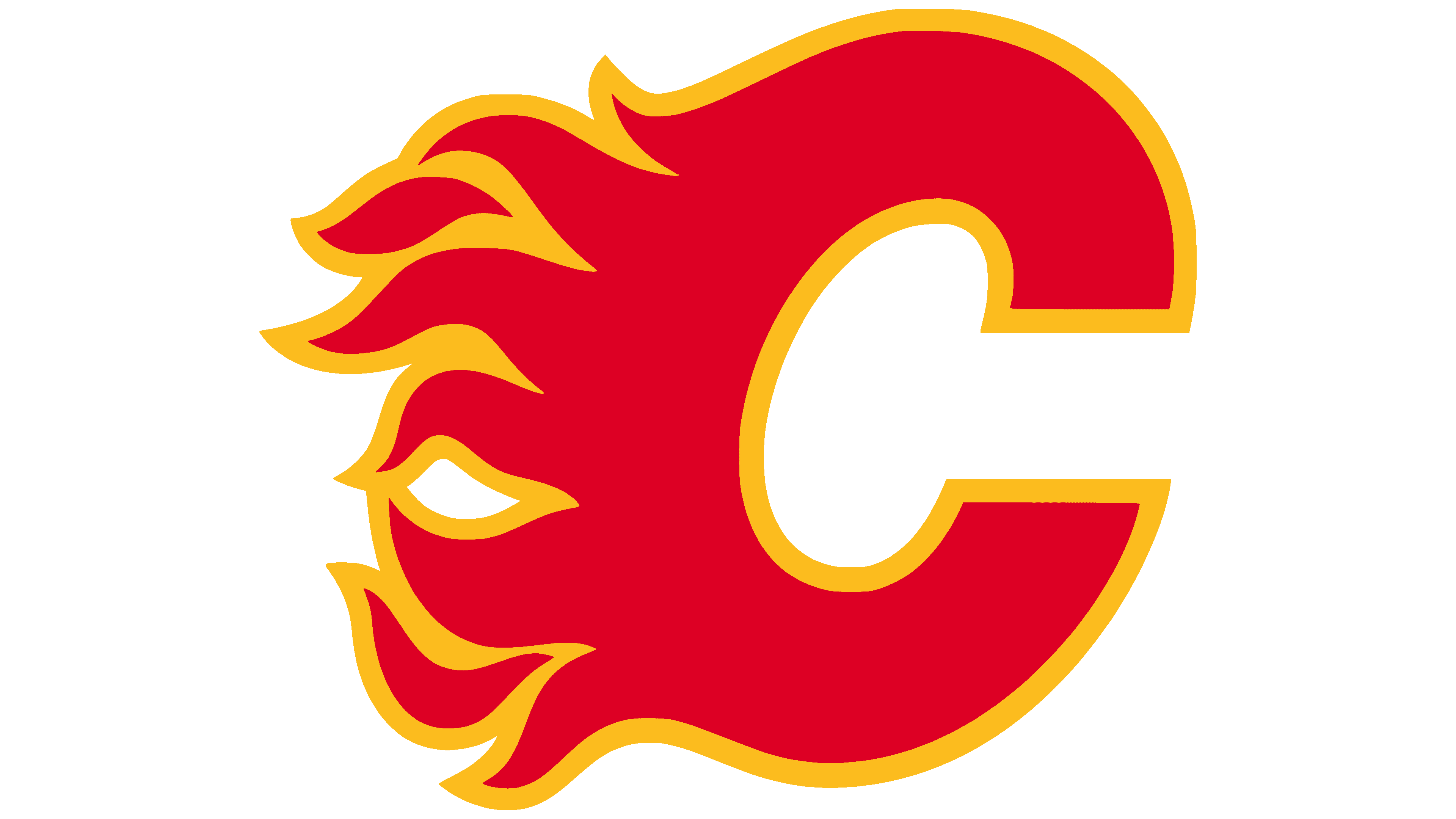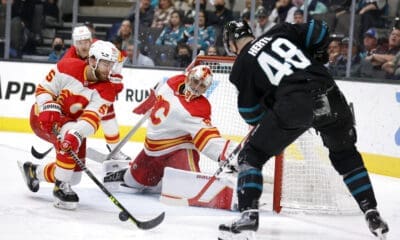Calgary Flames
Josh Jooris and why his upcoming contract is important
Beyond Mikael Backlund, one of the most important contract negotiations is Josh Jooris. He plays in every situation and he could be a key piece to moving forward. Finding exceptional depth who can find success relative to the rest of their team can be hard to come by.

Josh Jooris is a prime example of a kid (he is 24 but he is still a damn kid) who came out of nowhere and won over the fans and team. He also has the characteristics of a young man poised for a long NHL career if he continues on his current trajectory.
The tools and ability he possesses lends itself to a bottom six player (or at least a guy who can move onto the second line if needed) who will thrive in crushing zone starts, tough competition, and be a fixture of a team's penalty kill in the future.
Jooris' rise from AHL to the NHL this year further supports the necessity of signing players who are often overlooked, and taking chances on players who aren't the highly touted offensive juggernauts. The need for expanding player assessment, as well as appreciation for the players who can drive play and provide stable secondary scoring, is at a premium in this era.
Secondary scoring
Like much of the Flames roster, Jooris benefited from an abnormally high shooting percentage: 13.5%. Seven of his goals came in the home plate, an area regarded as a prime scoring location. The big thing here was his ability to generate 79.2% of his total points at even strength.
The remainder (four goals and an assist) came on the PP in limited usage, averaging 0:40 of PP TOI/GP for the season. Of the forward group, he received the ninth most PP TOI at 40:30 total. It may seem like a lot but Mason Raymond had 117:11 on the PP this season: good for fifth on the team in the forward group.
Moving forward, IF Jooris can continue to put in 10-15 goals a season while maintaining a heavy ES point total his value will increase. If he is able to find success adding goals while shorthanded, it's obvious his value will increase exponentially.
Regular season success – Who is this kid who can drive play?
As a rookie, Jooris was the best forward in terms of CF% at ES 5v5 (unadjusted). But hey, no one really noticed that, nor did they notice Jooris being the top FF% forward in the same appropriate sample. Overlooking the immediate impact he provided on a poor possession team as a rookie, as the league did, is criminal.
While fans of the Flames know his name, it's high time more folks around the league started to keep an eye on him, too.
ES 5v5 (Unadjusted) with minimum of 200 minutes played, sorted by CF%:
- The team noticed a drop with Jooris off the ice in terms of shot attempt generation. Specifically with FF% (shots and missed shots) as opposed to CF% (shots, missed shots, and blocked shots).
- It would also appear that Jooris has some strength in shot suppression as well, something the Flames had issues controlling this year.
- He managed to find success in a variety of roles, too. He was used on all lines throughout the season, at centre, on the wing, and in all situations. He made veterans and players who may benefit of a beneficial bias (cough Joe Colborne) look terrible. Actually wait — Joe Colborne is just terrible.
- There was a noticeable impact of using Jooris with forwards that improved their performance. Jooris can make his linemates better and it’s very evident with his play.
All of this makes up a clearer argument that matches with what GM Brad Treliving mentioned recently:
Treliving talks about being a better possession team. Says “we need to spend more time in the offensive zone.” #Flames
— Pat Steinberg (@Fan960Steinberg) May 12, 2015
PK usage and Playoffs Usage – I am become Jooris, destroyer of power plays
In the first round against Vancouver, the Flames gave up three PPGA (power play goals against) in a six game series. None of them were scored when Jooris was on the ice. Of his 61:42 TOI over six games against Vancouver, Jooris spent 10:20 killing penalties.
His TOI varied from game to game, as did his allocation of special teams play, though he remained in regular usage on the PK in all games. Though the key element here is as the playoffs went on, Jooris was the second-most used forward down a man, only behind Matt Stajan.
This is a carryover from the regular season when Jooris experienced regular usage while shorthanded when in the line-up. He was sixth in the forward group with 67:18 TOI while SH. His 1:07 TOI/GP placed him fifth behind the likes of Bouma, Backlund, Stajan, and Byron.
Examining his play
I’ve highlighted Jooris’ play before in a systems breakdown which lead to Brandon Bollig scoring. He also directly contributed to assisting on a strong sequence in game one against Vancouver. Jooris’ forechecking skills are among, if not the best on the Flames. His ability to bounce and force turnovers is an underrated quality in his game that only adds to his value.
The increased usage of Jooris in the right environments as his season continued was some of Hartley’s better decision making this year. Initial usage as a top-six centre on a line with Gaudreau and Jiri Hudler did look great, though it was clear Jooris needed more time to develop before being used in such a role.
Given the depth issues the team experienced later in the year due to injuries, his role did increase slightly: all of which directly fed into his usage in the post-season.
Assessing The Contract
The Flames have lots of cap space, though it’s no question that smart cap management this summer is one of the more critical areas to emphasize. The Flames have a number of high priority contracts coming up in the next couple of years including extensions to Johnny Gaudreau, Sean Monahan, and Sam Bennett. Plus, you know… Mikael Backlund is an RFA this year.
For what Josh Jooris is now, it's clear he deserves some sort of a raise. At 24, he'll be a UFA at the age of 27 and if his play continues to improve through that time he'll receive attention then. Right now, at the very least a three year deal at $1.5M to $1.75M would be a fantastic steal.
His versatility, ability to drive play, and ability to provide potentially sustainable secondary offense is the calling card of the new modern bottom six forward. He isn't a Lance Bouma-esque player who blocks shots as a calling card, but a player who suppresses the opposition with intelligence and aggressive play. He is exactly what you want in a player and hopefully Calgary locks him up.
by Mike Pfeil








